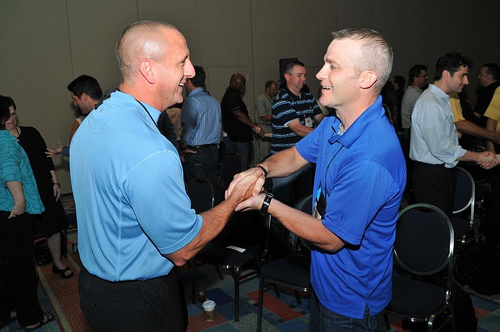That’d be BD, who not only came closest to guessing the House and Senate breakdown by party, but was so confident in his picks that he didn’t even answer the tiebreaker. He gets a copy of Control Your Cash: Making Money Make Sense, which means he saves a big fat $7. Controlling His Cash, indeed.
Buy your copy at the above link. Or just click the box to the right.




